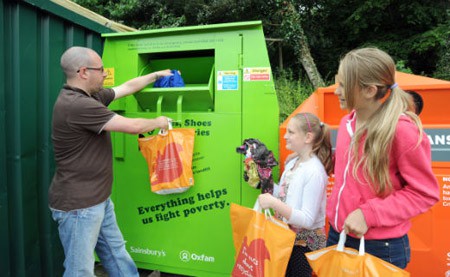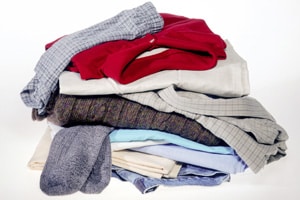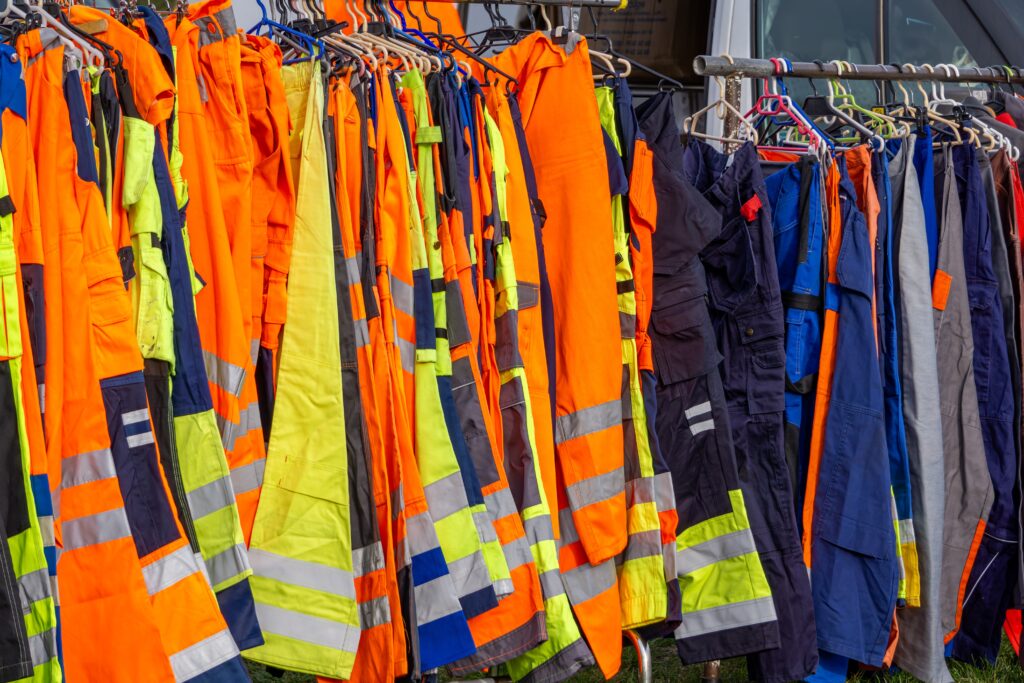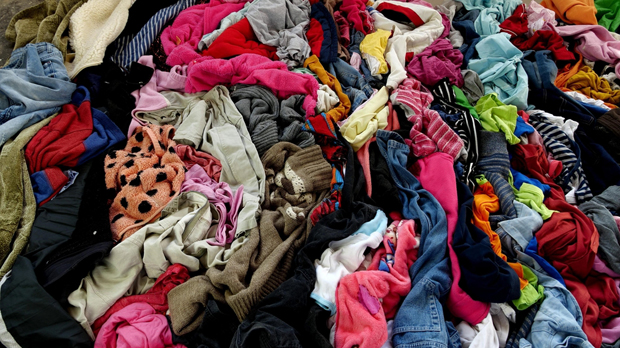Sainsbury’s claims that the annual ‘spring clean’ will see as many as 680 million items of clothing thrown away from UK homes.

However, a study carried out by the retailer, in association with its charity partner Oxfam has highlighted some of the reasons people may not be likely to use existing clothing recycling schemes.
According to Sainsbury’s 49% of people surveyed said they did not think their clothes could be recycled because they were worn out or dirty, while 6% of people did not realise clothing could be recycled at all.
Donations
Paul Crewe, head of sustainability, energy, engineering and environment for Sainsbury’s, said: “If clothes go out with the rubbish, they’ll end up in landfill, so we’ve teamed up with Oxfam to help Britons become more charitable and environmentally savvy this spring. No matter if they’re worn out or grubby, we’re calling on shoppers to donate their unwanted clothes at recycling points in our stores across the UK – perfectly placed to fit into the nation’s everyday routine.“
According to Sainsbury’s, the retailer is the biggest single supplier of second-hand clothing for Oxfam shops and, in the last year it has helped recycle over 16.3 million garments, bringing in an estimated £3.6 million for the charity.
Oxfam pledges that 100% of items donated via Sainsbury’s will be reused, resold or recycled, meaning all items will be accepted regardless of quality.
The items are transported to the charity’s ‘Wastesaver’ plant in Batley, Yorkshire, suitable items will then be sold in Oxfam’s shops or sent to their social enterprise project in Senegal which creates jobs for disadvantaged women sorting and selling clothing.

Oxfam
Fee Gilfeather, head of retail brand for Oxfam, said: “Many people still think that their unwanted clothes won’t make a difference to charities, but at Oxfam we can reuse or recycle almost anything. The items donated through Sainsbury’s raise millions, helping us continue our vital work to end extreme poverty around the world.
“For example, right now Oxfam is responding to the food crisis in East Africa, where 16 million people are facing terrifying food shortages. Oxfam is providing safe clean water, sanitation and food. This is life-saving work and your unloved clothes really can make a huge difference.”
TRA
Alan Wheeler, director of the Textile Recycling Association, has welcomed the campaign, but warned that clothing waste, instead of being seasonal, is now a ‘year-round’ problem.
Mr Wheeler said: “Whilst we actually collect around 650,000 tonnes of used clothing or textiles for re-use and recycling, various estimates suggest that we are throwing away anywhere between 400,000 and 500,000 tonnes.
“Whereas about 20 years ago, most fashion retailers had only two distinct fashion seasons in a year: Spring/Summer and Autumn/Winter, this has now all but disappeared and many fashion retailers are changing their clothing lines every few weeks.
“People are buying more clothing, more regularly and they are discarding their clothing all year round.”
According to Mr Wheeler the ‘vast majority’ of clothing discarded can be re-used or recycled.
“Charity shops are a great way of donating clothing that you no longer want,” he added. “If the charity cannot sell the clothing in their shops they will sell your items on to textile reclamation merchants such as those who are members of the Textile Recycling Association.
“The clothing that is suitable for re-use will be exported for resale into markets such as Sub-Saharan Africa or Eastern Europe.”








Subscribe for free